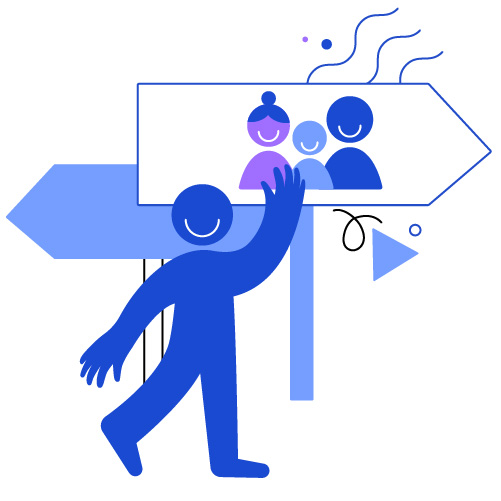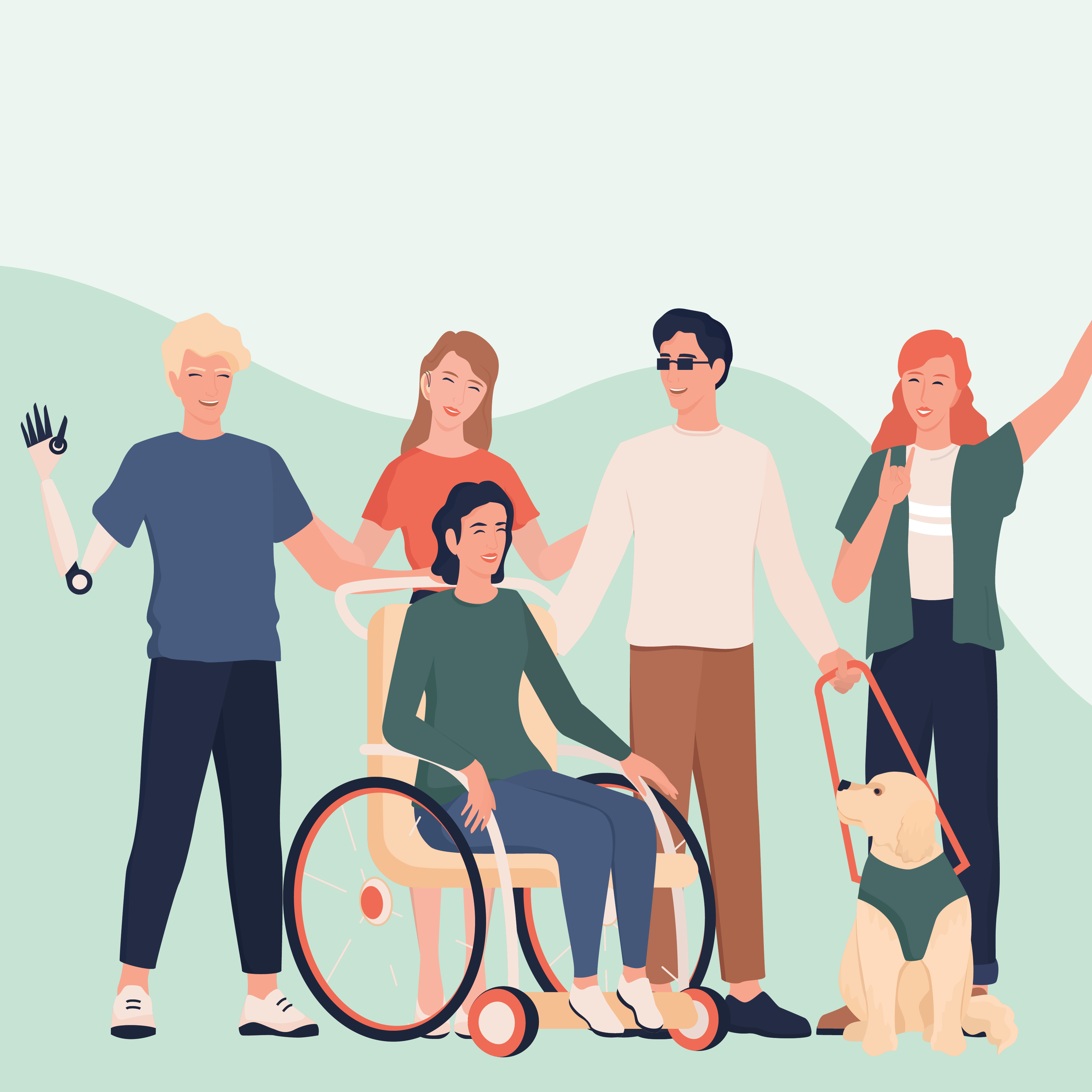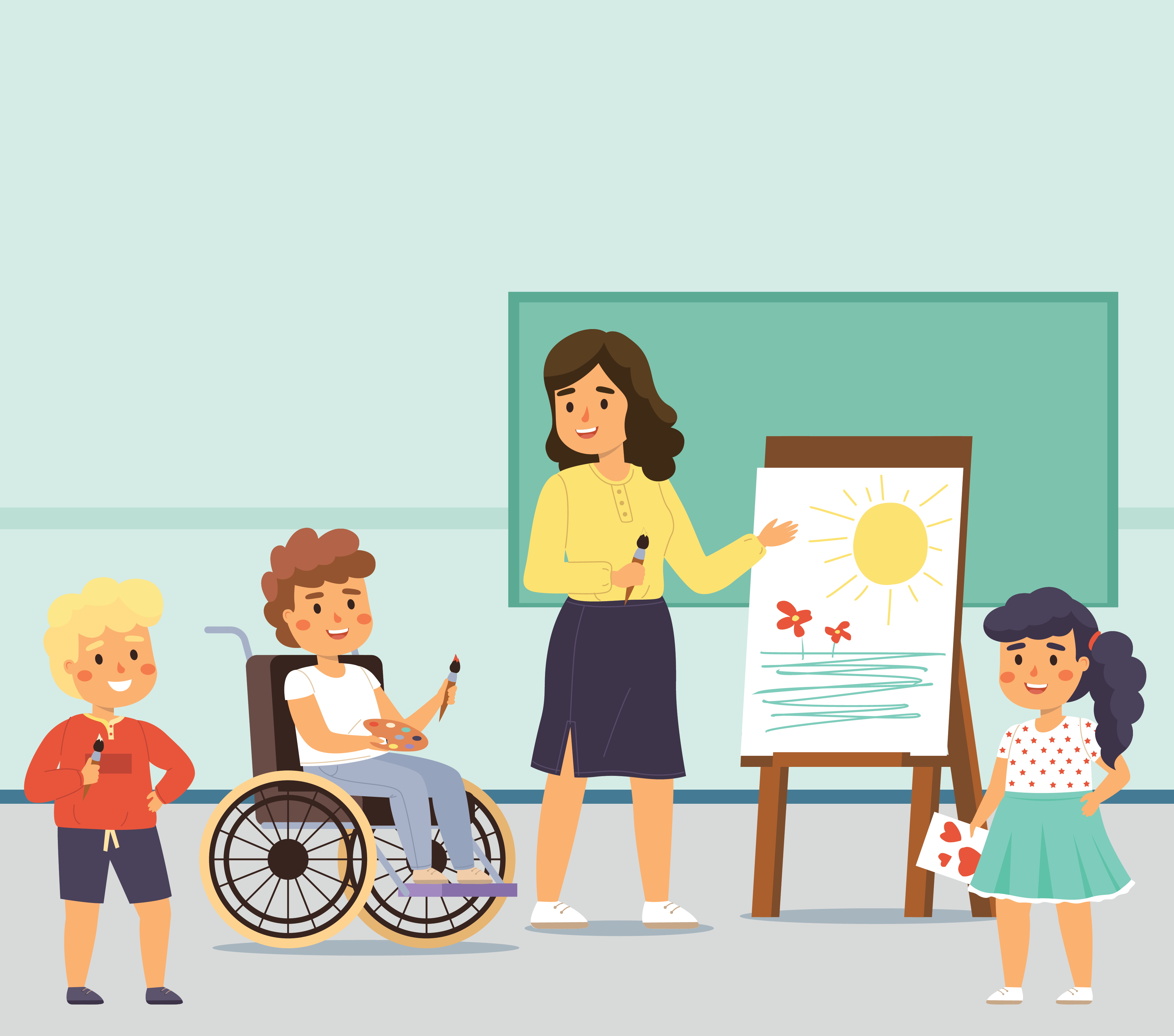
Social Marketing
The use of marketing principles for social good
Introduction
What is social marketing, and why is it important?
Social marketing seeks to develop and integrate marketing concepts with other approaches to influence behaviour that benefit individuals and communities for the greater social good. Social Marketing practice is guided by ethical principles. It seeks to integrate research, best practice, theory, audience and partnership insight, to inform the delivery of competition sensitive and segmented social change programmes that are effective, efficient, equitable and sustainable.
Social marketing programmes do not just try to enhance awareness or change attitudes, but instead work to motivate and empower people to change their behaviour. Social marketing is used at micro (individuals), meso (communities, organizations) and macro (policy) levels. In that way, social marketing distinguishes between having initial impact and towards lasting, and sustainable impact.
Key principles
The core of social marketing is its audience orientation - listening to the people whose behaviour you want to change to understand what people want and why they do what they do. Such audience research is used throughout the social marketing planning process to understand the specific needs, desires, beliefs, and attitudes of target audiences, and use these insights to develop effective strategies.
Fundamental to the social marketing approach is the concept of exchange - if you want people to change their behaviour, the new behaviour must be seen as having higher value than the current behaviour. The value is often emotional – such as a feeling, a sense of belonging, or security - and to know what to offer your audience as an exchange you need to listen to them, to understand what they want, as opposed to simply thinking about what they need.
Other key principles of social marketing, include:
A social and behavioural focus that is tangible/measurable. Social marketing focuses on defining a behaviour or action that could be measured or understood as accomplished by the target population.
Target populations are segmented. Segmentation is the practice of dividing the target audience into approachable groups. In marketing this segmentation is done not only based on demographics (such as age or gender), or geographics (such as, where they live), but also psychographics (such as attitudes, values, and beliefs) and current behaviour. The segments are then used to develop strategies tailored to the unique wants, needs, resources, and current behaviour of differing market segments.
Identification of behavioural insights. Social Marketing research, planning and project implementation is built around a commitment to understand and engage communities and the target populations of the social programmes. Social Marketing programmes undertake detailed scoping research before they develop intervention options. Audience research is done to identify ‘actionable insights’ – a deep understanding of what moves and motivates the target audience, including who and what influence the targeted behaviour, emotional barriers (such as fear of testing positive for a disease) as well as physical barriers (such as service opening hours).
A deep understanding of the ‘competition.’ In social marketing, it is important to explore the competition (what they are currently doing in relation to the issue) to understand:
What benefits do they see to their current behaviour? What value or feelings their gain.
What costs do they see to their current behaviour? What do they see as the barriers to changing their current behaviour.
The Marketing Mix. In social marketing, strategies are designed using the marketing mix, often nicknamed the ‘4Ps’– product, price, place, and promotion, although there are many other marketing P’s. Although the 4P’s can be seen as too simplistic, they remain part of the social marketing toolbox:
Products (a tangible product, or how one feels/gains in engaging in the desired behaviour) and services that support and help the audience to adopt the desired behaviour.
Price includes the costs, that are tangible (time, money, etc) or intangible (inconvenience, discomfort, etc) and other barriers in engaging in the new behaviour.
Place is where you offer the product or service, including your distribution, support services and support staff.
Persuasive communications are designed and delivered to promote: the product benefits, features, price strategies, place components, and benefits they will gain from changing their behaviour. Social marketing recognises that communication (i.e., promotion) is only one element of the marketing mix and that products, behaviours, placement, and pricing are equally important to achieving the objective.
Careful pre-testing. Social marketing activity undergoes careful pre-testing and piloting where different kinds of interventions and messages are tried with the target population, and then the most effective ones are selected.
Results are measured and used for improvement. Feedback is iterative, valued and seen as “free advice” on how to do better next time.
Social and behavioural objectives
Often the most stubborn social issues are affected by multiple behaviours. For example, obesity is caused by a lack of exercise and increase in sedentary lifestyles, in combination with poor diets high in saturated fats, simple carbohydrates and sugar. And, for each of the different behaviours which need to be changed to successfully tackle obesity, there will be different barriers and motivations. Therefore, to help prioritise and identify a clear behavioural goal, at the start of social marketing programmes the behaviours are often prioritised based on 1) what impact a specific behaviour will have on the social issue; and 2) what is the likelihood of being able to influence the population to adopt the desired behaviour. The aim is to select one behaviour which will have the greatest impact on the problem being addressed, and which also has a high probability of being adopted by the target population.
The limits and opportunities of social marketing
Social marketing offers a unique system for understanding who people are, what they desire and then creating products, services, messages and strategies to meet their desires, whilst at the same time meeting the needs of society. Through the social marketing process and key principles, social leverage points and tipping points can be identified - the points where people and communities believe that there are enough benefits to outweigh the barriers, or that the benefits matter more than the barriers (exchange).
However, several problems can arise when trying to transfer marketing approaches used to sell toothpaste to promote concepts such as gender equality, family planning, early childhood development, and nutrition. It is not always possible simply to apply commercial techniques for market analysis and segmentation or product, price, channel, and communication strategy and implementation to social programmes. The social issues for which social marketing is used are often extremely complex, making it difficult for social marketers to isolate factors that affect an individual's behaviour and as a result, the determinants of the social consumer's behaviour are more difficult to identify. Attitudinal and behavioural data used to identify target segments are assumed to be less accurate when the issue pertains to a social issue. For example, it may be difficult to identify "users" and "non-users” and self-reported measures may be misleading when measuring attitudes and behaviours pertaining to social issues due to people giving answers that they believe are socially acceptable.
Case studies and examples
Social marketing has been used to successfully reduce tobacco usage, decrease the spread of HIV/AIDS, prevent traffic fatalities, reduce infant mortality, prevent malaria and control neglected tropical diseases, improve nutriton outcomes, manage non-communicable diseases and much more including for environmental and conservation issues.
Kenya. Implementing the world’s largest insecticide-treated net (ITN) social marketing programme. The programme’s mandate was to reduce the incidence of malaria, especially among pregnant women and children under five, by creating a culture of ITN use. PSI/Kenya insecticide-treated net social marketing programme | The NSMC
St Helena. Using social marketing to reduce obesity and tobacco use on one of the world’s remotest islands. Sight and Life
Peru. Developing a social marketing ‘pride’ campaign for water and biodiversity conservation. changewildlifeconsumers.org
USA. Reducing alcohol related crashes in rural America. Road Crew | The NSMC
Malawi. Designing a social marketing campaign to encourage more pregnant, lactating mothers and children under 5 years to consume more eggs in rural Malawi. Project Details - Sight and Life
Canada. Community-Based Social Marketing in Theory and Practice: Five Case Studies of Water Efficiency Programmes. Social Marketing Quarterly
United Kingdom. Developing a free weight management service designed primarily for men aged 40 to 65 who want to lose weight. Fit Fans | The NSMC
Madagascar. Using social marketing coupled with environmental engineering, this project sought to reduce lead exposure through water in Madagascar. Social Marketing Quarterly
Brazil. Program H aims to prevent and reduce the prevalence of HIV/STIs by questioning male gender norms. There is a strong link between gender attitudes toward sexuality and HIV risk behaviours, such as non-condom use. Program H | The NSMC
Ethiopia, Brazil, Indonesia. Understanding how social marketing contributed to expanding the size of the condom market. Social Marketing Quarterly
More information
Frameworks and Approaches
Critical social marketing: definition, application and domain | Emerald Insight
Social marketing: advancing a new planning framework to guide programmes | Emerald Insight
Other resources
Journals
Journal of Social Marketing | Emerald Publishing (emeraldgrouppublishing.com)
International Review on Public and Nonprofit Marketing | Home (springer.com)
Journal of Nonprofit & Public Sector Marketing | Taylor & Francis Online (tandfonline.com)
Associations
Africa Social Marketing Association - ASMA
Australian Social Marketing Association – AASM (www.aasm.org.au)
International Social Marketing Association - iSMA (isocialmarketing.org)
Asociación Latinoamericana de Mercadeo Social – LAMSO (www.lamso.org)
European Social Marketing Association – ESMA (www.europeansocialmarketing.org)
North American Social Marketing Association (SMANA) (www.smana.org)
Pacific Northwest Social Marketing Association (PNSMA) (www.pnsma.org)
Other
TEDxPennQuarter 2011 - Bill Smith - Reinventing Social Marketing
PAHO free online course in social marketing for Public Health
List of Key Social Marketing Evidence of Effectiveness citations Nov 2018 (smana.org)
Case examples
Ethical considerations
How-to guides






